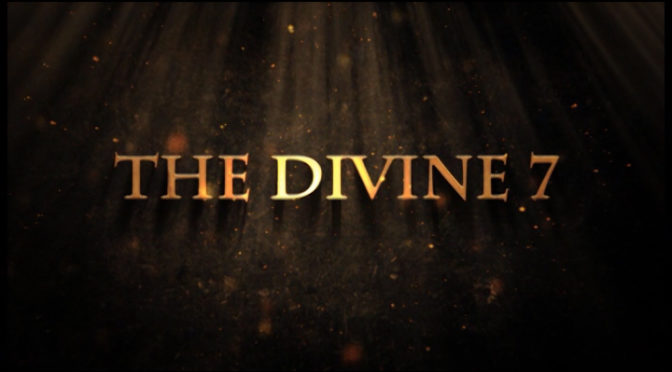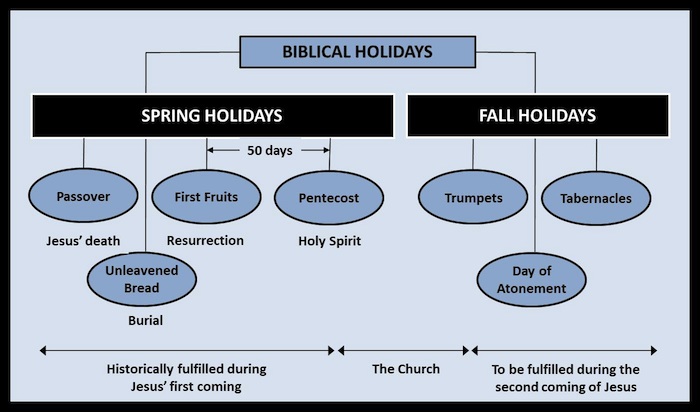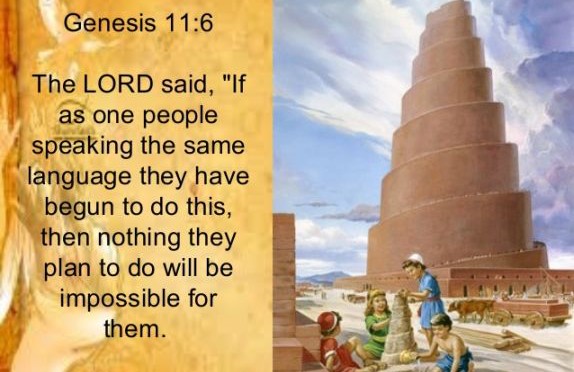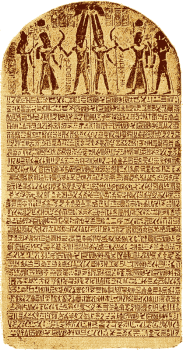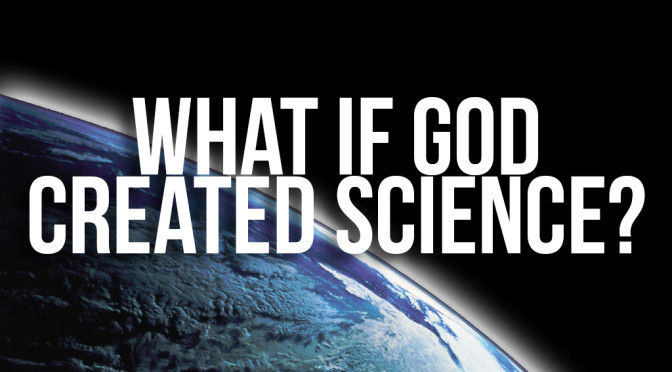Rebooting with God
Re-orienting ourselves, A Shabbat thought
Source: BiteSizedTruth.com – John Mark Fuller
“Those who cannot remember the past are condemned to repeat it.” – George Santayana
https://cheska-lekarna.com/kamagra-online-prodej/So how do we allow the Holy Spirit to bring us back to the beginning
and reconsider His paths, studying out His intentions from the start?!

This week restarted the reading cycle that folks trace back to Ezra,
and Yeshua used to announce the beginning of His ministry on earth.
It begins with Bereshit (aka Genesis), Moshe’s account of creation
up to where YHVH our Elohim had to prepare a reboot with Noah.
In other words, here we are in the midst of folks afraid of what is coming…
“Is it the last days?” “Are you preparing for the worse?” or on the
other side, “Are you ignoring the obvious and hoping it’ll pass?”
And yet YHVH’s reading plan takes us back to the very beginning.
I’m reluctant to quote the cliché, considering the character of the source;
yet George Santayana, a bit ironic in light of his life, wrote:
“Those who cannot remember the past are condemned to repeat it.”
There is also irony in how many of us Christians quote George,
while failing to consider the source or context of what he wrote.
Not unlike the penchant of western Christianity to write off the OT.
So how do we allow the Holy Spirit to bring us back to the beginning
and reconsider His paths, studying out His intentions from the start?!
Would it help us to walk in a renewed sense of His purposes?
Can we allow His Spirit to bring comfort to others through us?
Jews (and a growing amount of believers) around the world are re-reading
Parashat Bereshit (Gen 1-6:8) this week along with 1st Sam 20:18…
Part of where men went awry is via jealousy/possessiveness; besides the
history of Qayin and Havel illustrates some of our core issues even
today – and yet, can we learn something from the prophetic
passage in Haftarah that they read alongside a brother’s murder?
And Yah’s-Gift (Yehonatan) said to him:
“Tomorrow is the new moon;
because your seat will be attended to.
(being empty drew attention.)
And on the third day, descend quickly,
and come to the place there that you hid in the day of the deed,
and remain by the stone Departure (Azel).
And I will shoot three arrows to the side, as if I shot at a mark.
And hey, I will send the lad [נַעַר Na’ar]:
“Go, find the arrows.”
If I say to the lad:
“Hey, the arrows are on this side of you!”
Take them, and come;
Because there is shalom for you and no hurt, as YHVH lives.
And if I say like so to the boy [עֶלֶם E’lem]:
“Hey, the arrows are beyond you!”
Go! Because YHVH sent you away.
And the Davar that we spoke of, I and you:
Hineh, YHVH is between me and between you until forever!”
…as recorded in 1st Shmuel 20:18-23
Isn’t it redemptive that the first thing Yeshua did as He began to preach
repentance, is to call two sets of brothers to become His students?
Now walking beside the Sea of Galilee, He saw two brothers,
Shimon called Keyfa and his brother Andrea,
casting a net into the sea, they were fishermen.
And He says to them:
“Come, follow after Me, and I will make you fishers of men.”
And at once, having left their nets, they followed Him.
And having gone on from there, He saw two other brothers,
Ya’aqov, son of Yah’s-gift [Z’vadyah זְבַדיָה] and his brother Yohanan,
in the boat with their father Z’vadyah, mending their nets.
And He called them, and immediately they left the boat and their father,
they followed Him. Mat’ 4:18-22
In both testimonies, we see a reference to Yah’s-Gift.
In the initial account of Qayin and Havel, the disparity between
how YHVH favored their gifts gave the enemy an opportunity.
We have the same issue with our own families and congregations.
His good and perfect gift to us, however, can bring forgiveness and
reconciliation between us. It helps to go back to the beginning
and identify the reasons for the rift, repenting, and allowing the
Holy Spirit to operate on our wounded hearts together.
Contemplating B’ 4’s tragedy with Qayin and Havel, then transitioning
to the self-sacrificing brotherly love of Yehonatan and David; and
comparing that to how Yeshua gathers in brothers for His ministry
of repentance and healing should help renew a right spirit in us.
And Yah’s-Gift said to David:
“Go for Shalom!
That we swore, the two of us in the name of YHVH, saying:
“YHVH will be between me and between you,
and between my seed and between your seed, until forever.””
…from Ashkenzi Haftarah: 1st Shmuel 20:42
So He not only reconciles His people, yet there is also work to do…
So says EL YHVH, creating the heavens, and stretching them out,
Who spreads out the earth and it’s produce,
Who gives breath to the people on it,
and spirit to those for walking in it:
I YHVH called you in righteousness, and I strengthened your hand,
and I guarded you, and gave you for a covenant of the people,
to be light the Goyim;
To open blind eyes; to free from prison, captives;
From the jailhouse, those sitting in darkness.
I am YHVH, that is My name; and My glory I will not give to another,
and My praise to images.
The first things, hineh, they came; and new things I tell of;
In of before they spring forth I will cause you to hear of them.
…from Sefardic Haftarah: Isaiah 42:5-9
PRAYER
Adonai Yeshua, help us to understand Your first Words, from creation
onwards, to discern and cooperate with Your perfect desires.
Give us grace and forgiveness toward each other, not in some
complicit conspiring, but speaking truth in love to one another.
Help us to not only follow after You, but to really allow that making
of our lives into the fishers of men, to be “for a covenant of
the people, to be light the Goyim; To open blind eyes;
to free from prison, captives; …, those sitting in darkness.”
Please strengthen us to walk in Your Righteousness and not our own.
Thank You for all the waves around us, and for calling out to us.
In Your awesome name, above all names, Yeshua our Messiah!
~~~~~~~~~~~~~~~~~~~~
Blessings and Shabbat Shalom,
John Mark
~~~~~~~~~~~~~~~~~~~~




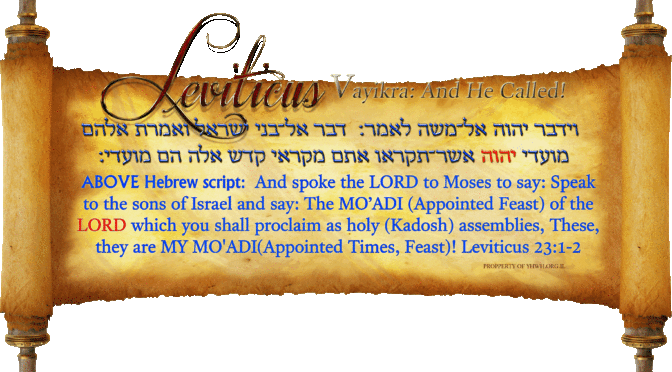
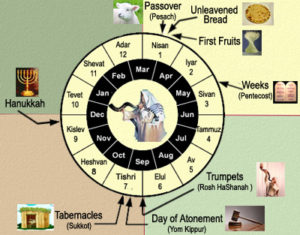 Source: InPlainSite.org
Source: InPlainSite.org